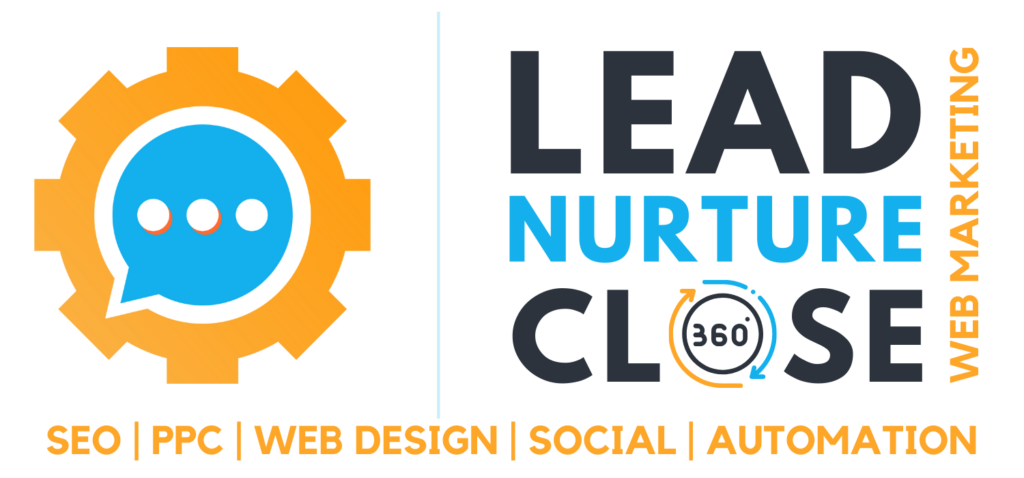When it comes to SaaS, eCommerce, or any other type of business, balancing customer acquisition costs (CACs) with the quality of your customer acquisition strategy can seem like a daunting task. On the one hand, you want to ensure that you are generating the right number of new, quality leads for your business to thrive on with a reliable conversion rate. On the other hand, you want to know that your investment in customer acquisition is being well spent and that capital is not being wasted. The best way to find out how effective your lead generation strategies are is by calculating your business’s customer acquisition costs (CAC) as well as the customer’s lifetime value (LTV).
Because finding new customers and generating new leads is so pivotal to a business’s growth, blindly cutting back on your CACs will damage your business’s turnover and revenue stream. This is why before you alter the amount you are currently investing in customer acquisition, it is important to first calculate the business’s exact CAC per customer, analyze the conversion process from new lead to successful conversion and return customer (if applicable), and find which areas can be targeted for improved efficiency.
Calculating your business’s CAC provides great insights into the health and profitability of the business, which is essential for future projections and growth. This will also help to identify parts of the customer acquisition process that would benefit from additional investment, improving efficiency and lowering the overall CAC. This will in turn lead to improvements in the types of new leads generated by your lead generation strategy which is essential for growth.
Calculating Customer Acquisition Costs (CAC)
While a large investment in customer acquisition may at a glance seem like it will generate better results, you aren’t going to understand what those numbers mean without calculating the CAC for each successful conversion.
The first step in making a general CAC calculation is to calculate your total sales and marketing expenses over a set amount of time, be it a month, a quarter, or a year. This will likely include any relevant creative, technical, publishing, and production costs related to acquiring new customers up to the point of sale. This figure should then be divided by the number of successful conversions made during that same time period, giving you an average CAC calculation for each individual conversion. The CAC calculation is an important metric for understanding a business’s efficiency and profitability, setting the benchmark for how much customers need to be spending in order to be profitable while also allowing businesses to make predictions regarding future growth.
For most types of SaaS and eCommerce businesses, one-off conversions are just a part of the larger picture, so the next step involves calculating the average customer’s lifetime value (LTV) in order to understand the value of returning customers and customer loyalty to the business.
Calculating the Customer’s Lifetime Value (LTV)
The customer LTV calculation shows how much the average customer is likely to spend on your business in their lifetime, providing a much clearer picture regarding the ROI (return on investment) for your customer acquisition and lead generation campaigns. This will in turn tell you whether it will be worthwhile to focus more on customer retention as a means for generating additional revenue compared with generating brand-new leads.
There are a few ways to approach the LTV calculation. For SaaS businesses, the typical method is to first calculate the average amount of revenue generated by customers in a single month, divided by the number of customers to get the average for an individual customer. This figure can then be multiplied by the average number of months that a customer has an open account with the business for the total LTV calculation. Ecommerce businesses can similarly calculate the average value of an individual order and multiple that value by the average number of repeat orders within a month. This monthly figure can then be multiplied by the average number of months that a customer interacts with or has an account with the business.
The LTV calculation should then be paired with the CAC calculation to form the LTV:CAC ratio. The LTV:CAC ratio provides a clear insight into the average return made on customers and will form a core part of understanding the effectiveness of any customer acquisition strategy over time and into the future. Regularly calculating the LTV:CAC ratio also provides valuable insights into the effectiveness of changes to marketing, sales, and customer acquisition strategies both now and in the past. This is an important consideration due to the fact that the CAC calculation alone will only tell you how much you are spending on a successful conversion, while the LTV:CAC ratio shows how much total revenue is being generated based off of the customer’s value over time.
Once all of these figures have been calculated, businesses will have a clear picture regarding the amount of turnover and revenue they are currently generating and how much profit they are producing as a result of their lead generation and customer acquisition strategies. This knowledge can then be used in planning future business growth strategies and refining lead generation strategies for improved efficiency and an improved revenue stream.

















